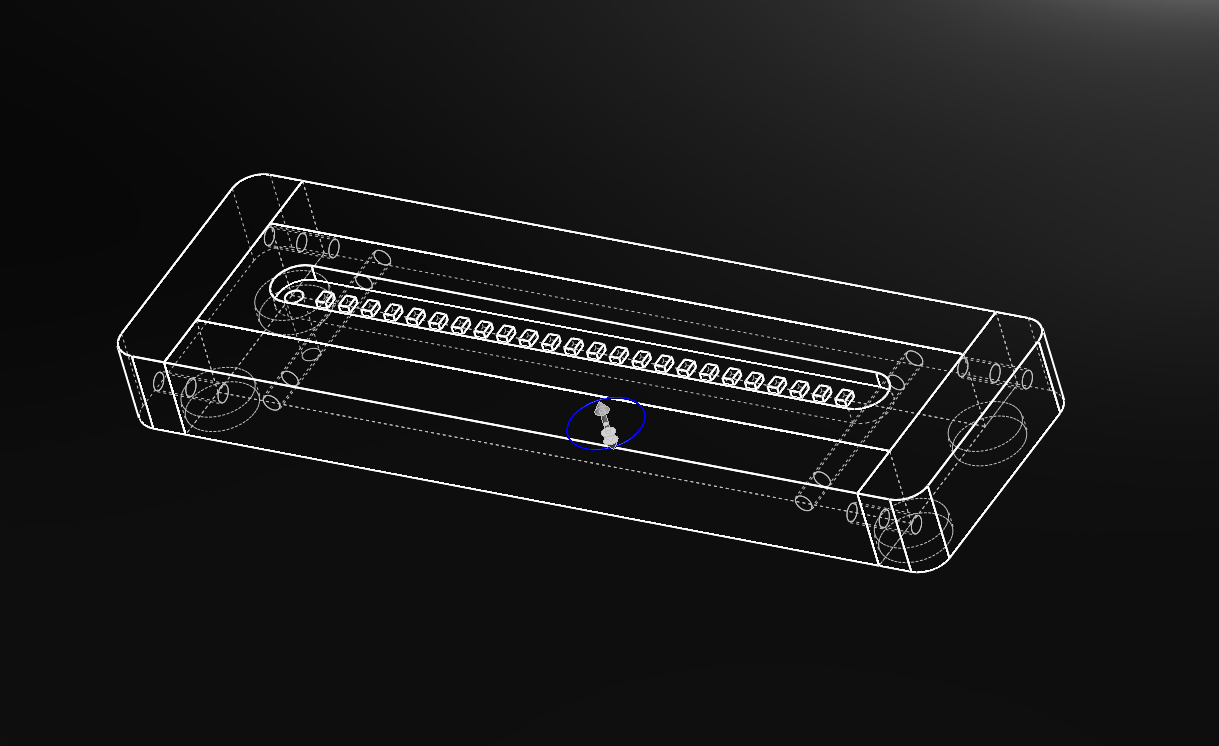I went to class this past week with a fair amount of trepidation, as I had a few doubts regarding the fact that I'd decided to just combine the PVA with fabric. I was worried that the material I had created wouldn't be interesting enough to generate the attention I wanted the project to garner. So, I talked to my tutors, and the general consensus was that I might not be pushing the brief enough to get a good response.
An idea that was suggested was that I should keep with the same concept, but alter it slightly. The way that I proposed to alter it was to utilise carded wool and combine it with the PVA to create a custom material that would retain the properties of both while having significant new properties.
The white carded wool was beautiful and soft, and provided such a lovely texture. The way it's been carded is something I can't say I'm terribly familiar with, but it's very, very cool how the fibres of the wool have been carded together to form a more cohesive bond, in a usable form. It's incredibly cool, and the fibres come apart in such an interesting way.
Combining it with the PVA has been a pretty grotty experience, as working with wool when it is wet isn't a pleasant experience, and adding the PVA to it only made it slimy and rather disgusting. But it was still a fun thing to play with, and working with these materials proved to require a lot of experimentation.
So, to start building on the lamp base component, I headed to the workshop. The basic idea was to connect the separate components with small rods that then cross the void between the parts, where the wool would fill the space.
By cutting the different segments all out of the same continuous block, I should hopefully be able to ensure that the entire piece looks really good when it's been put back together. I chose to use a beautiful piece of ash for it, which was left over from the steam bending project I did with my group.
To make a space for the LEDs, I routed out a channel in the top of the central block, so that they would be nicely recessed. Keeping them recessed allows the top wool to not intrude on the light, making it nice and easy to manipulate the wool without worry of letting the form catch on the lights.






No comments:
Post a Comment